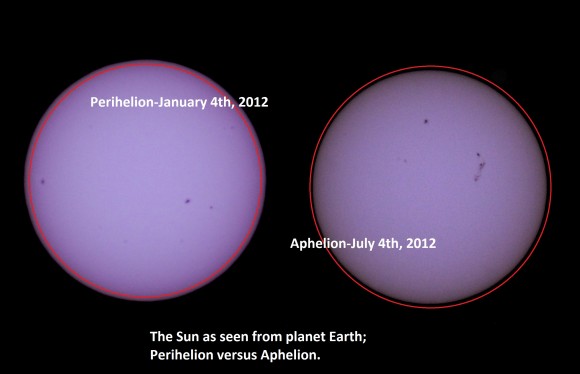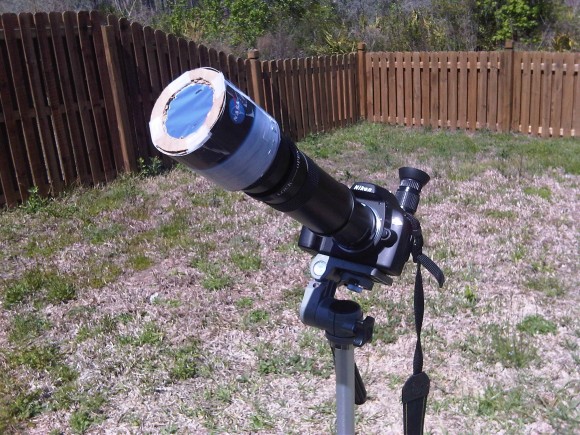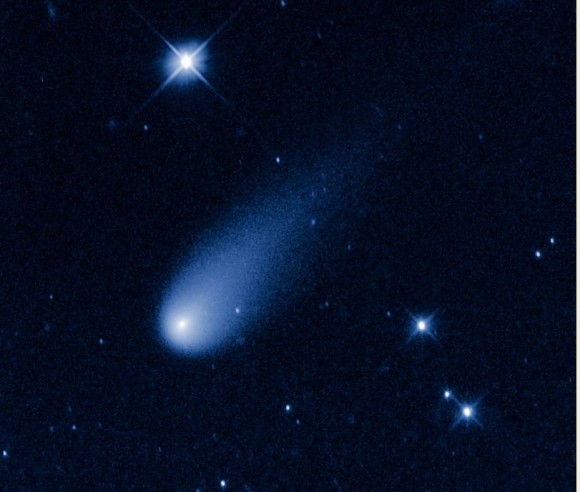With regard to the vimeo in the space ^ above, at first listen to the soundtrack, which I think is gorgeous, it seemed the sound of a pipe organ with several other musical instruments, made to sound like they’ve been played on an organ with exceptions perhaps of percussion, were composed via software with sounds of a chorus singing lyrics; to my ears, the track sounded like church music. I read the vimeo comments, and discovered the video maker alluded the video as something spiritual, a contemplative experience, I guess. So, my ears were correct at first listen.
Furthermore, the
domain of the music’s composer or distributor is gr, which is Greek. Again, the original soundtrack, titled Ride of the Dark Knight, might have been composed with an intention to sound like (Greek?) church music with organ and voices singing or chanting—that’s okay by me—then, selected by a video producer for a beautiful time-lapse about Hawaiian volcanoes. Now, there might be connections, aesthetically, musically, philosophically and scientifically, but I don’t know what the video producer’s were, exactly. My surmises about them would be excitedly boring. You see, listening too critically and turning music curiosities into research can be a downer! Wish I hadn’t done so, actually. Just some thoughts.
~ A.

_________________
Edit. If the video producer’s intent was communion with nature, then I understand perfectly the connections he was creating with volcanoes, lava, heat, steam, wind, clouds, beauty, color, Milky Way.
Art will be the last bastion when all else fades away.
~ Timothy White (b 1952), American rock music journalist
_________________







 < Diagram showing the forensics of the collision. Illustration by Keeney, et al. from their paper.
< Diagram showing the forensics of the collision. Illustration by Keeney, et al. from their paper.







